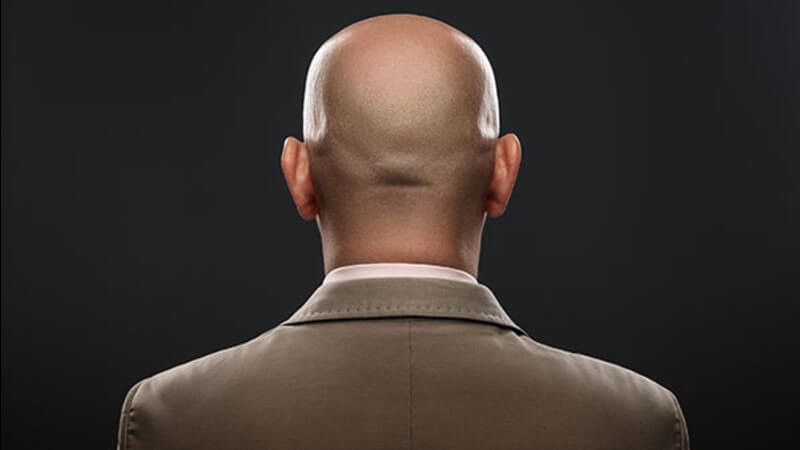The physiology of balding has long vexed even the most entrepreneurial of scientists. Despite a rare confluence of commercial forces and scientific interest, generating new hair remains outside the realm of the possible. This could be changing, though—and not owing to new packaging of the same old medicines. Recently a series of scientific publications has explored advances that involve both stem-cell research and 3-D printing, with the goal of cloning a person’s actual hair and then inserting it into his or her scalp—in tremendous, unlimited quantities.
…
The ultimate goal among scientists is to create “hair farms,” as the entrepreneur Geoff Hamilton and others put it. Hamilton is the CEO of Stemson Therapeutics, a San Diego–based start-up that is working on cloning hair follicles. It involves growing hair from stem cells—not fetal, but stem cells derived from a person’s own skin or blood—and implanting hair follicles.
…
Though as technological develops costs should decline, hair regeneration will not likely be widely affordable. Even a wealthy country like the U.S. struggles to provide basic medical care for tens of millions of citizens. Balding could become “optional,” but only for the people with the means to make it so.
Read full, original post: Soon There Will Be Unlimited Hair































